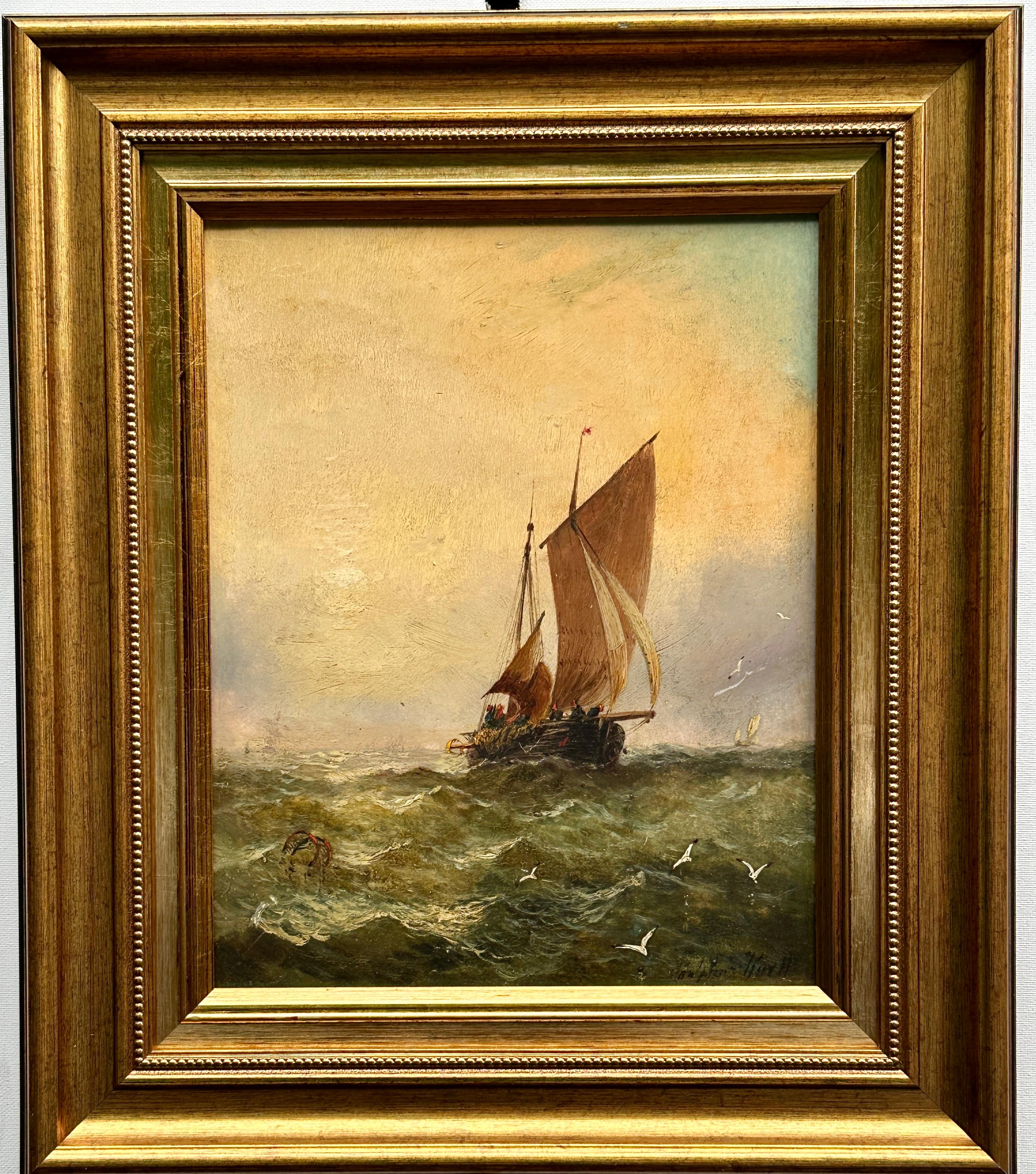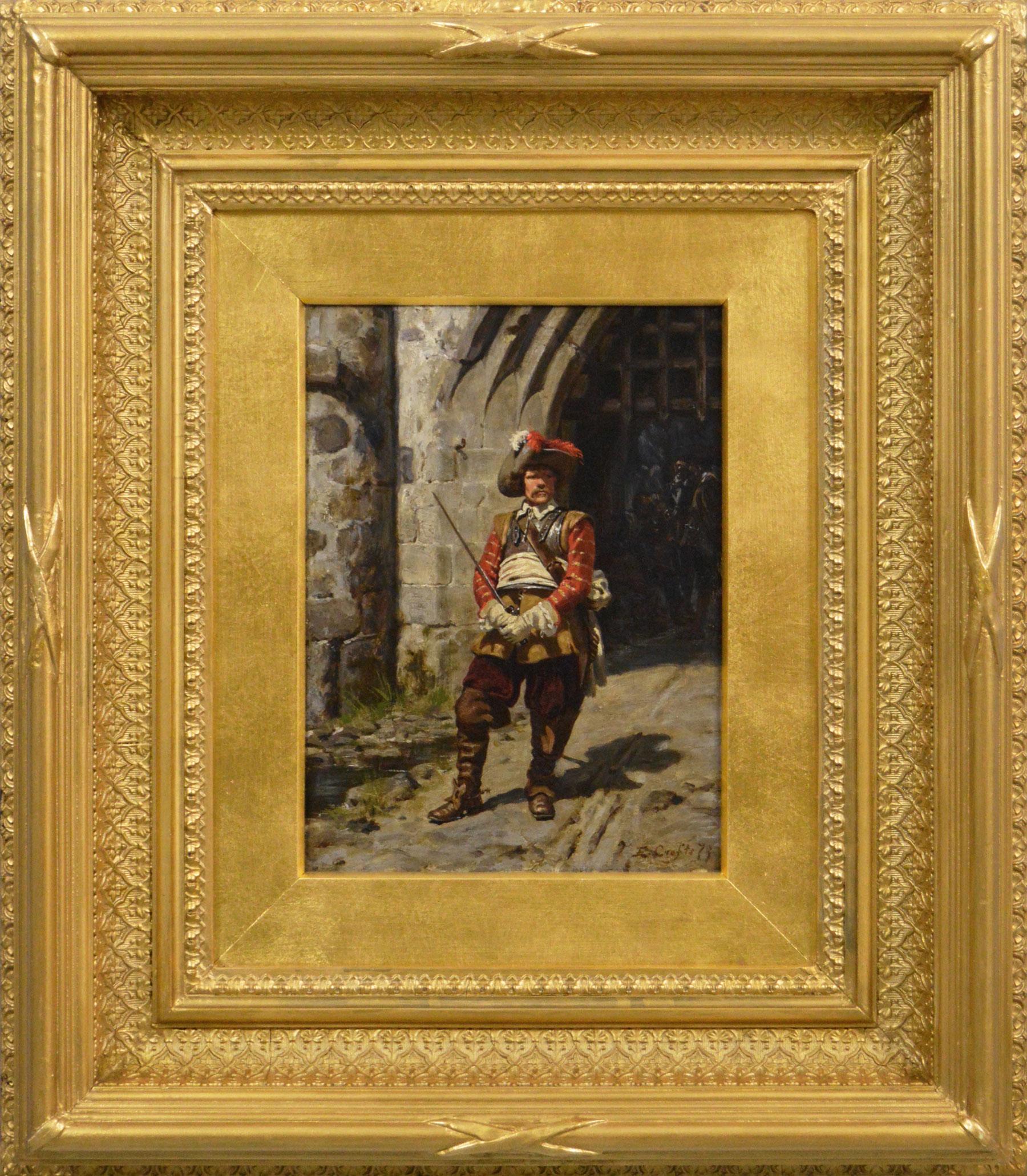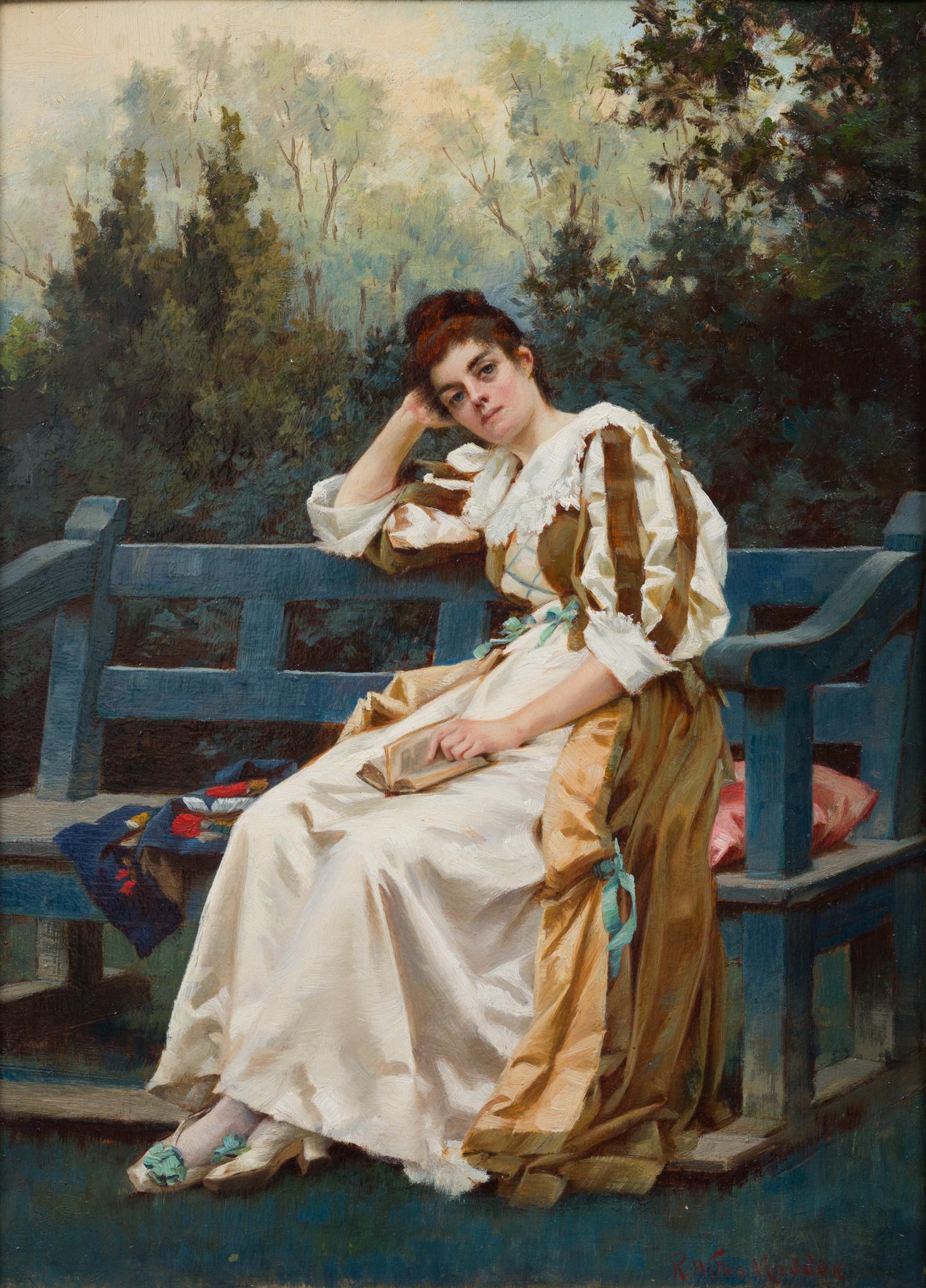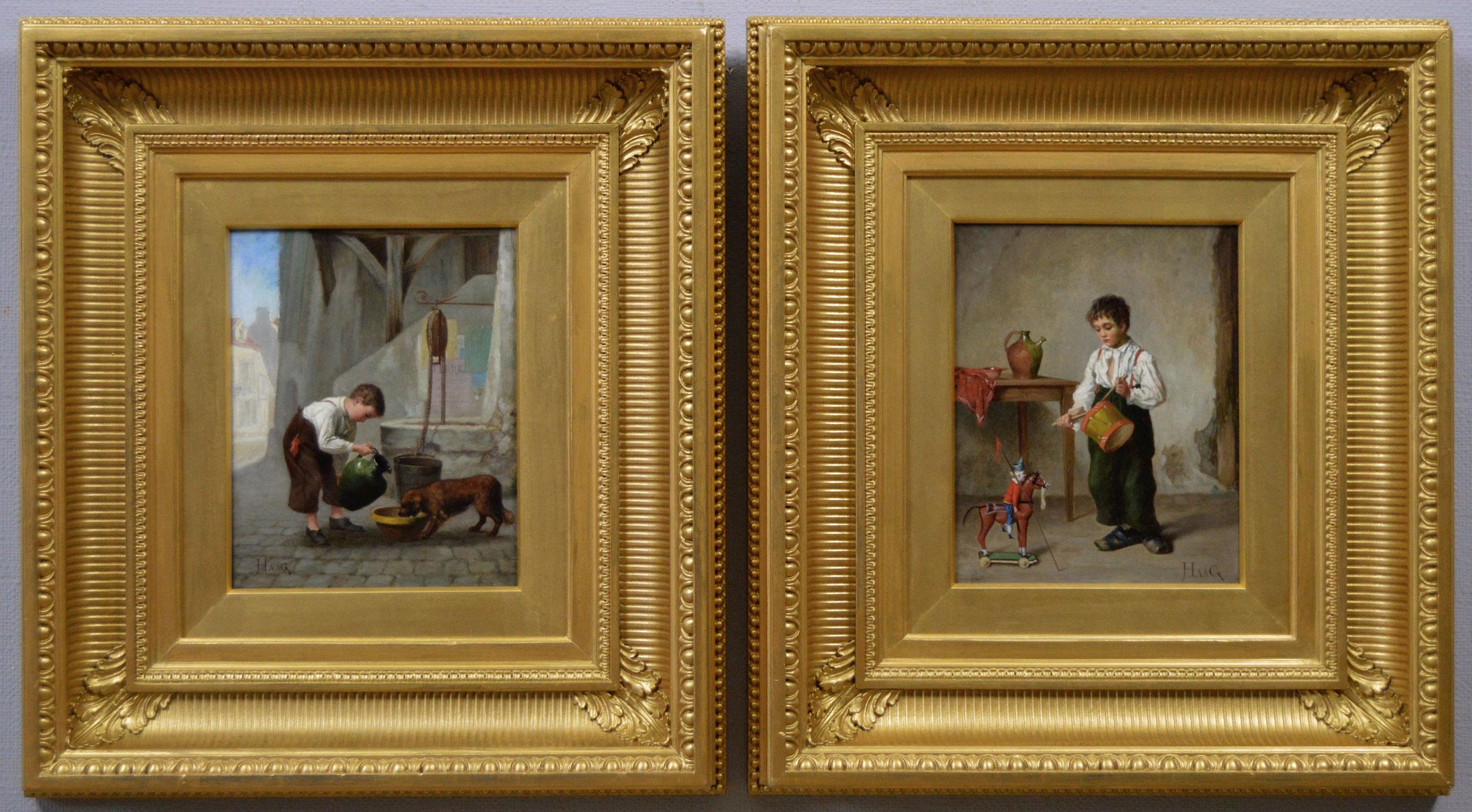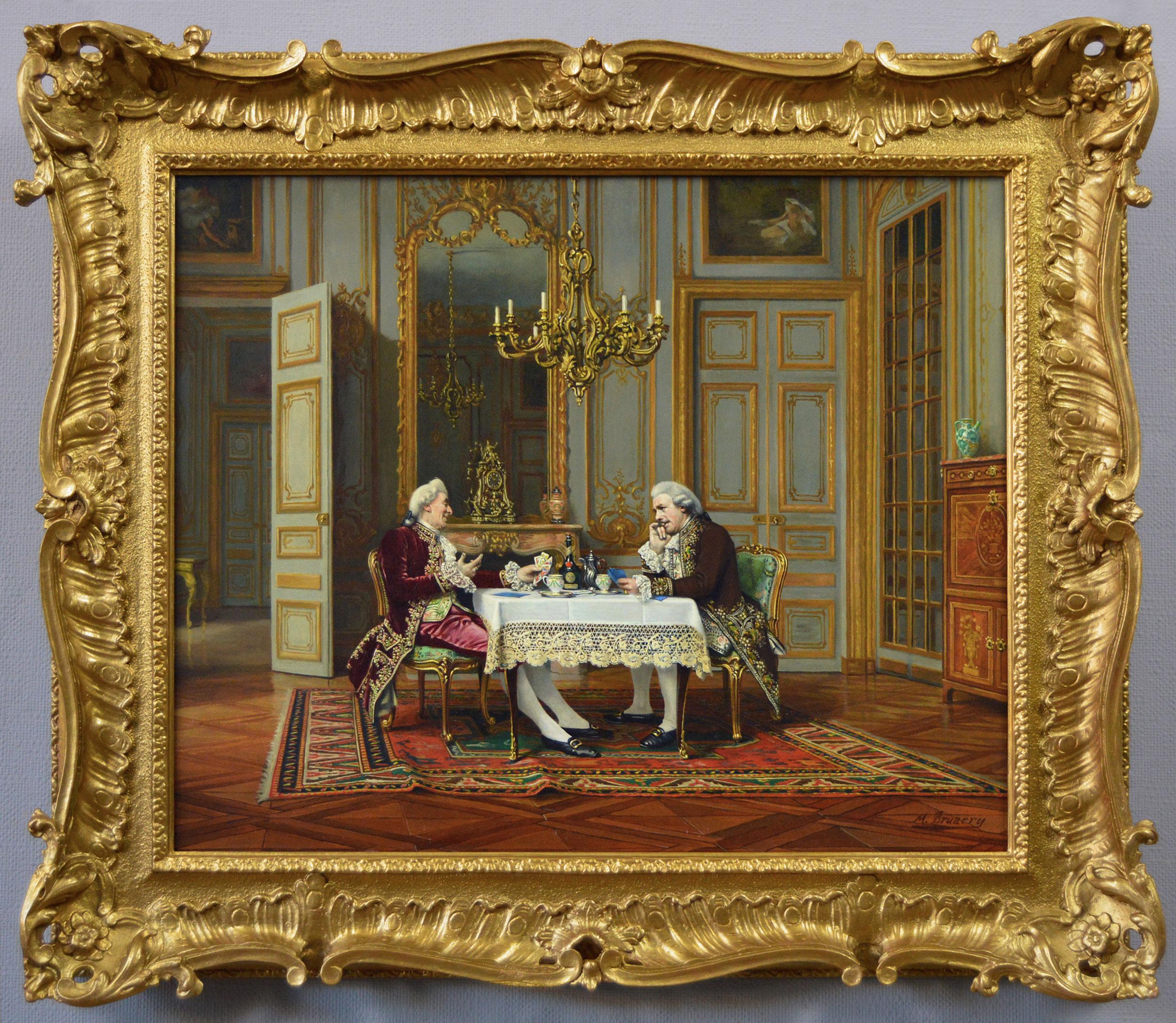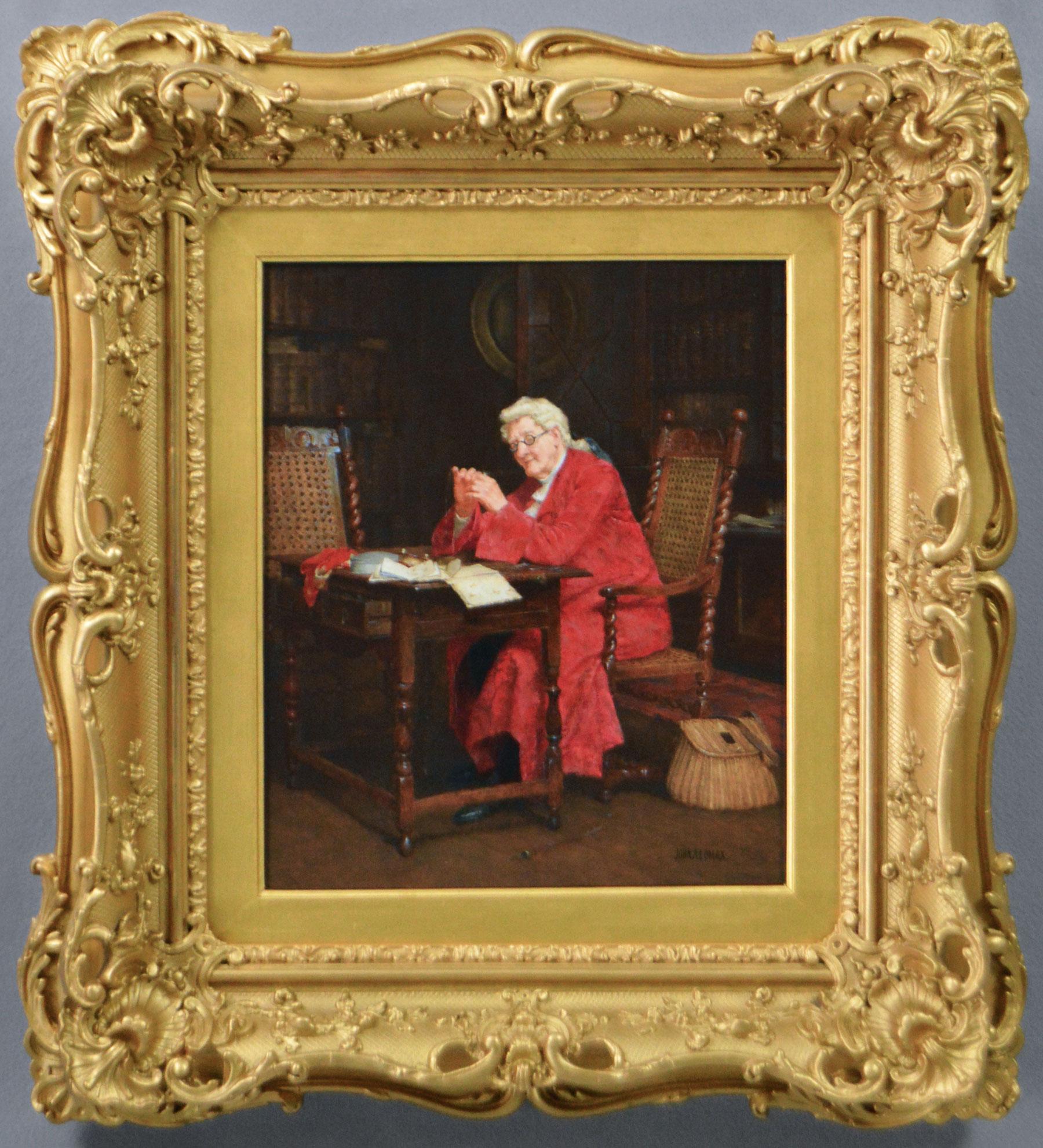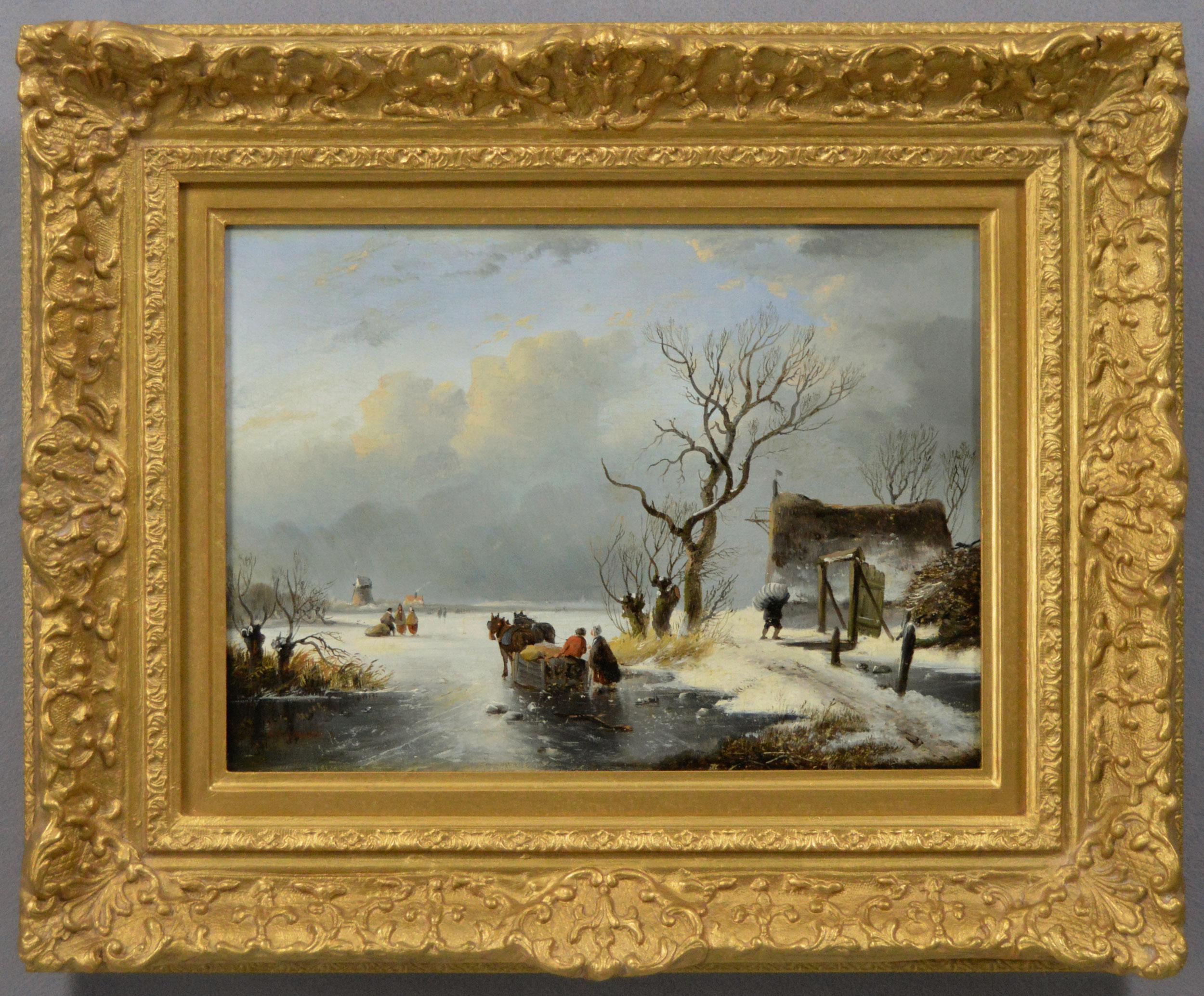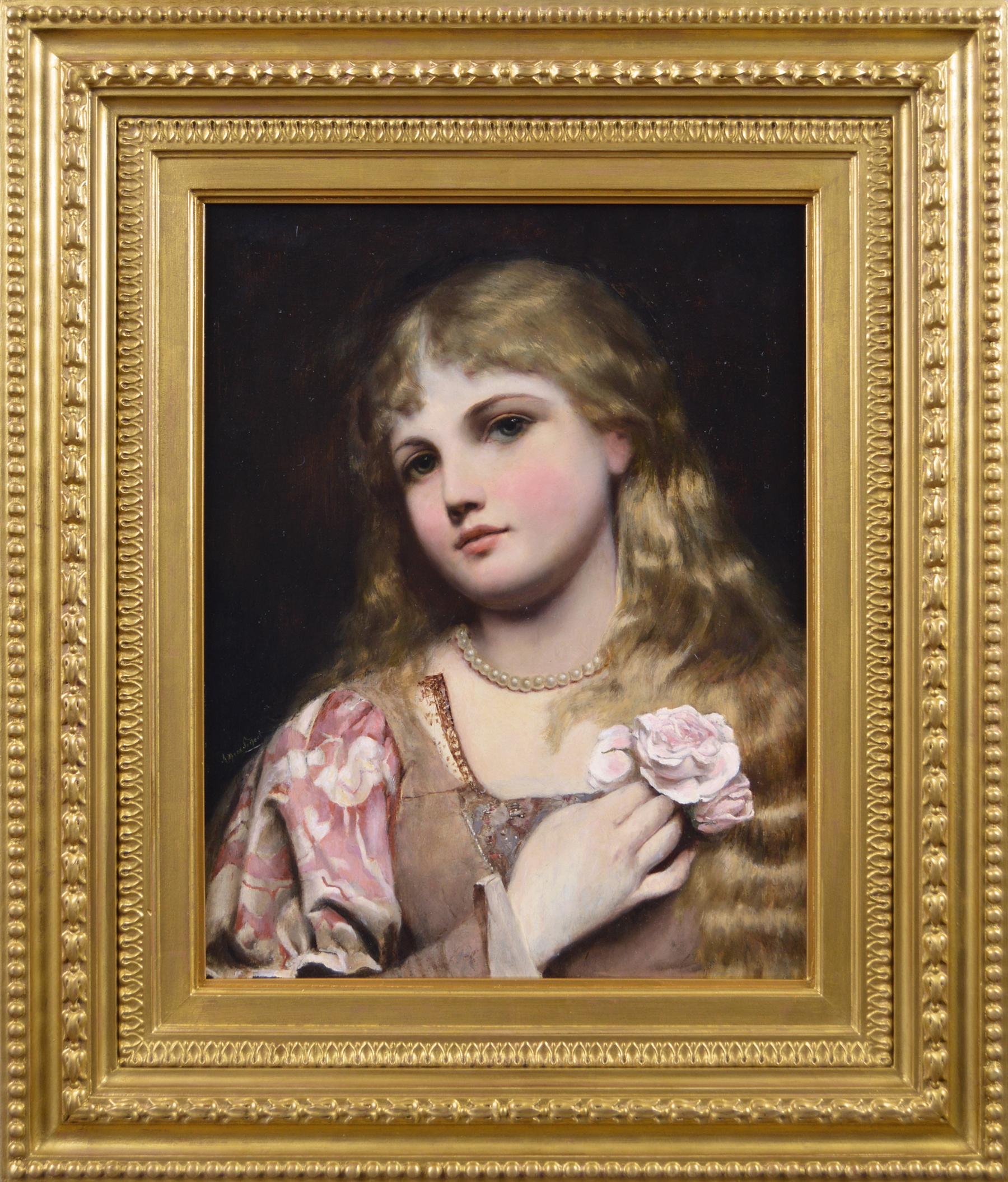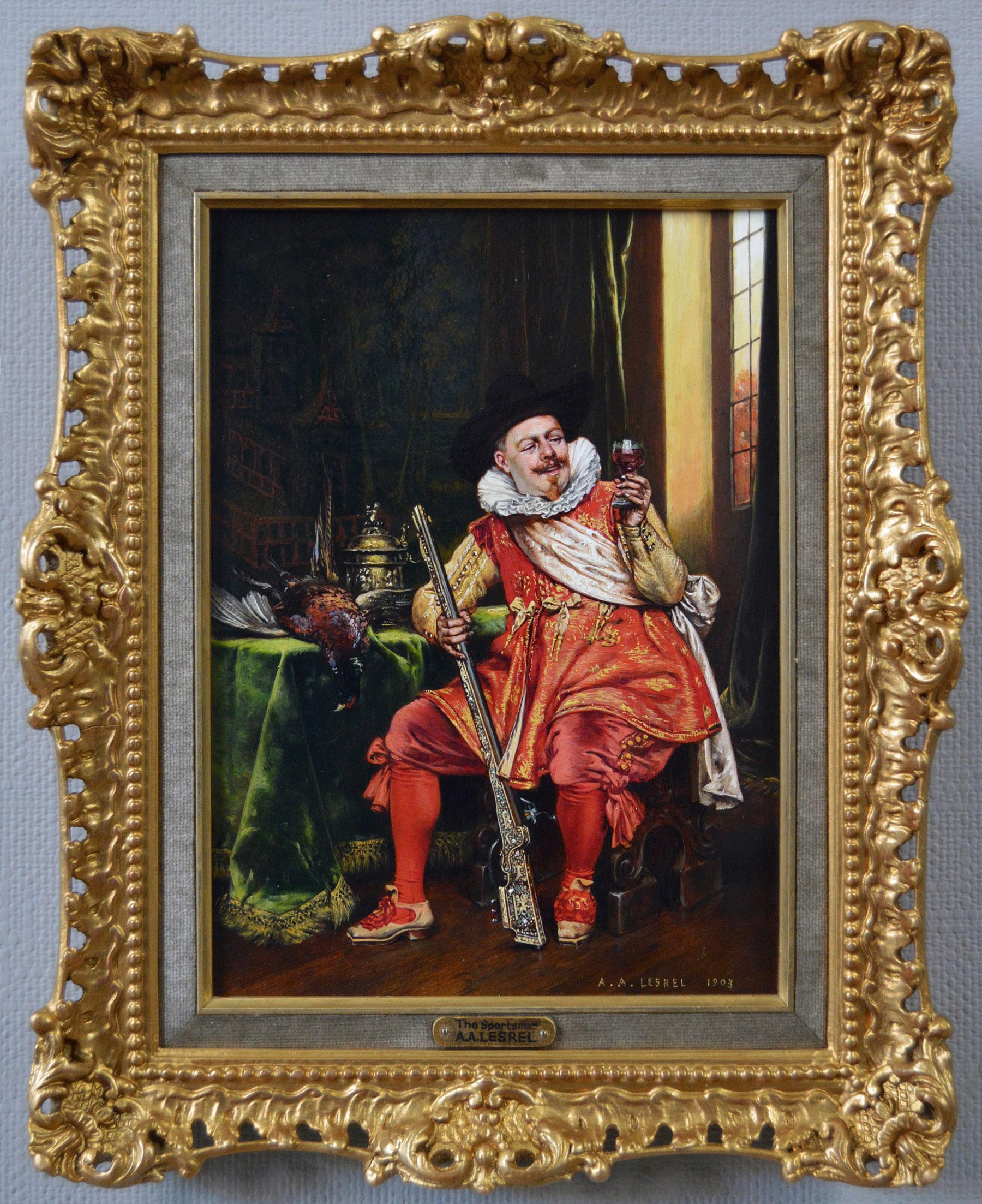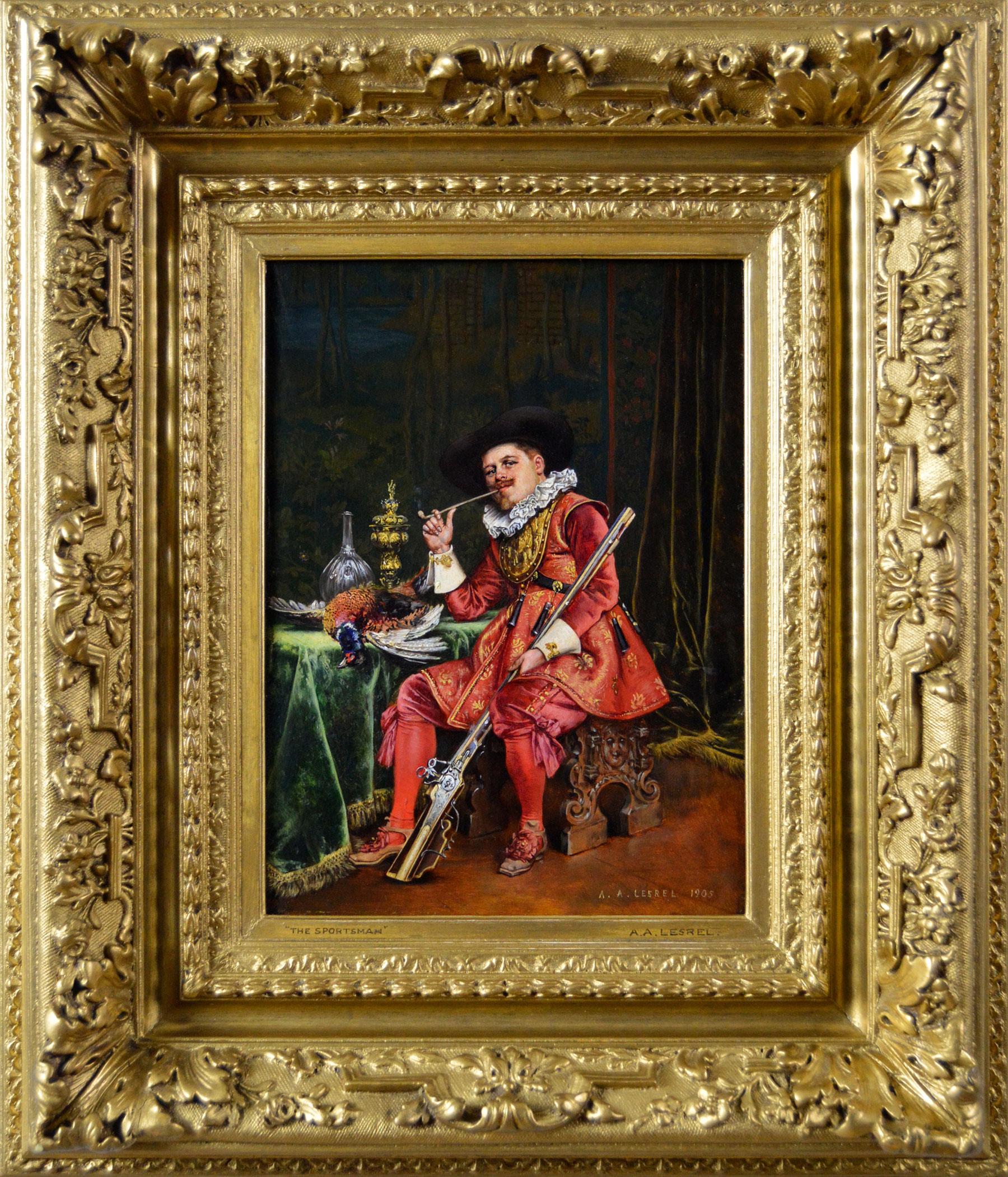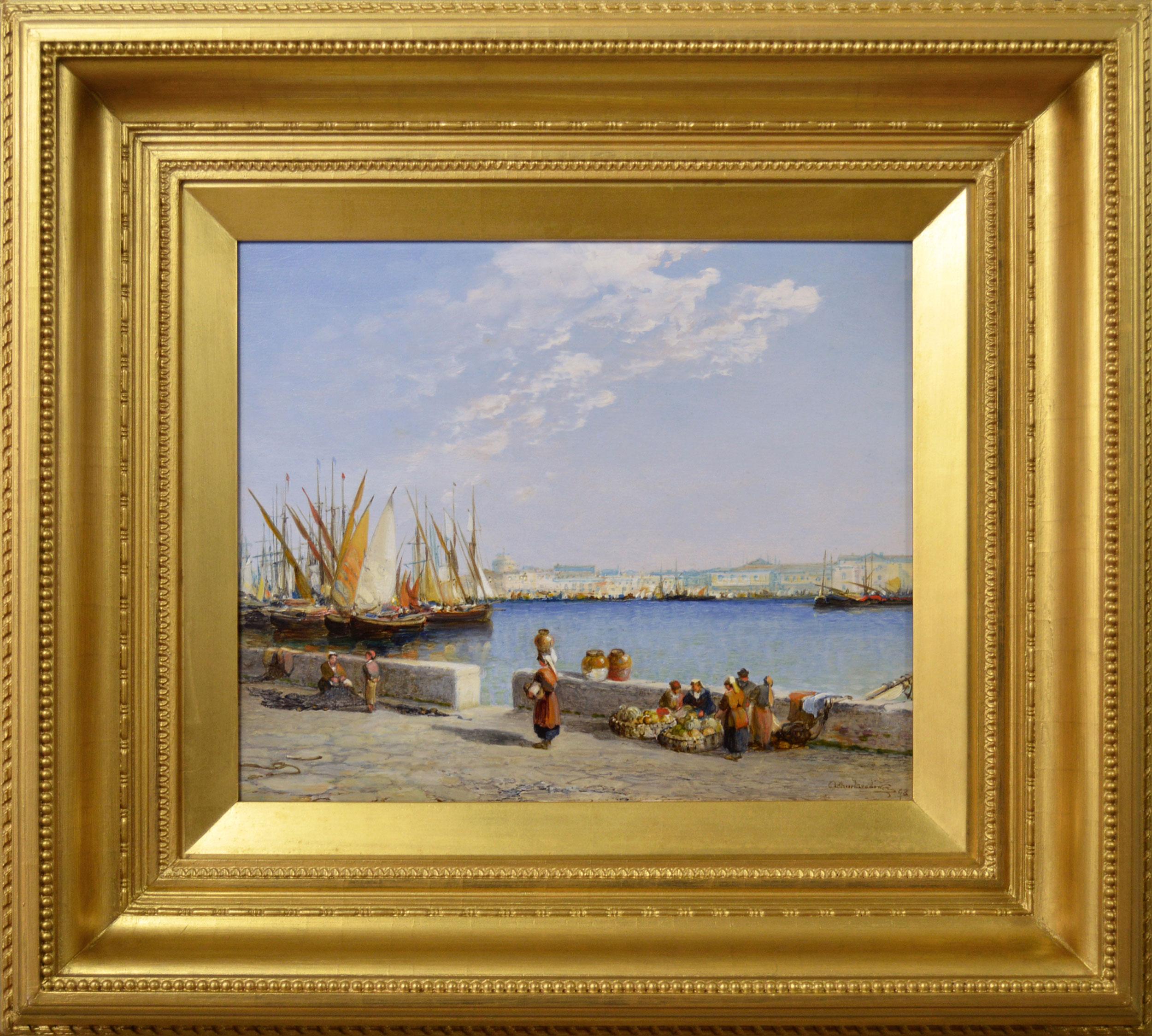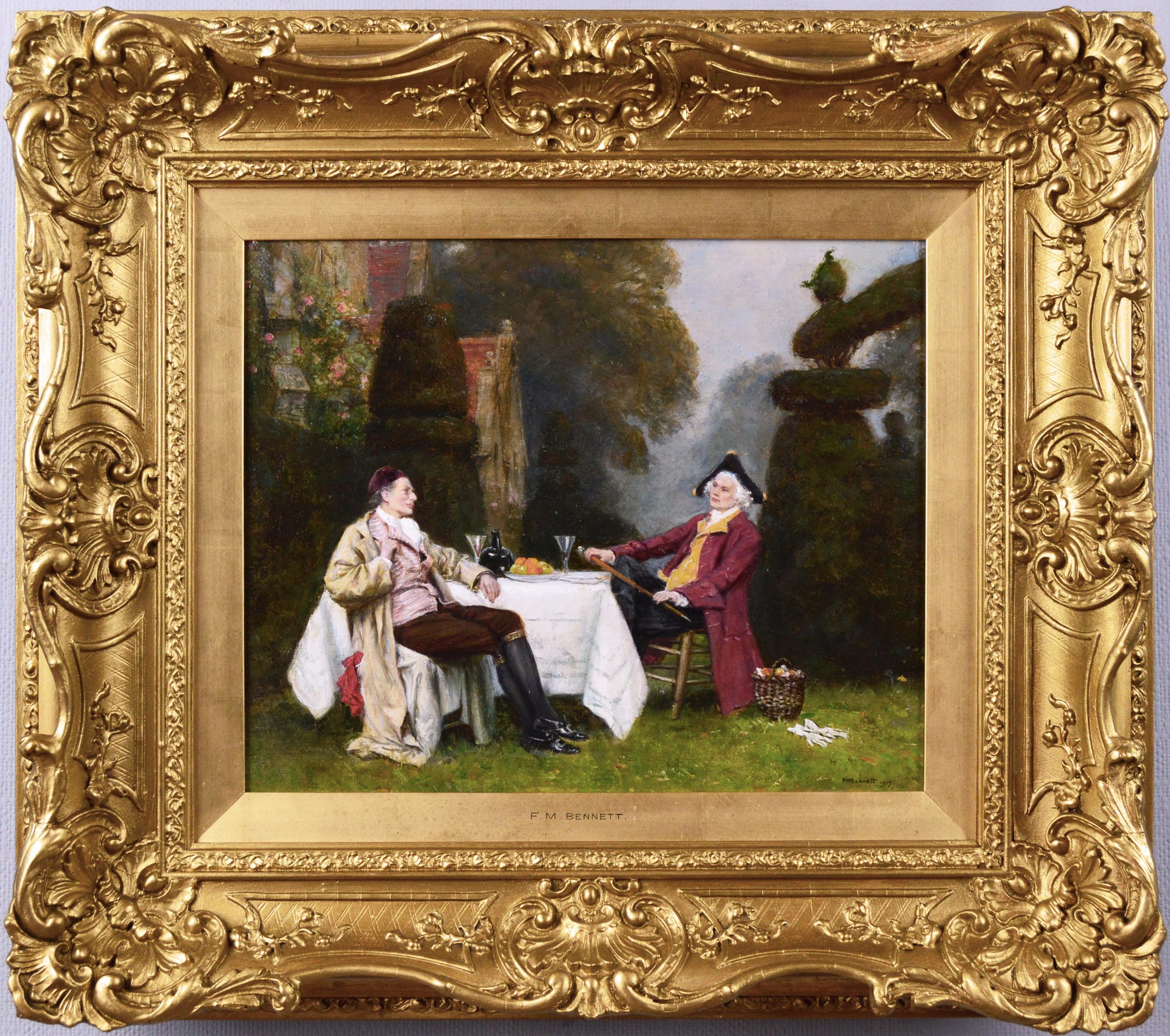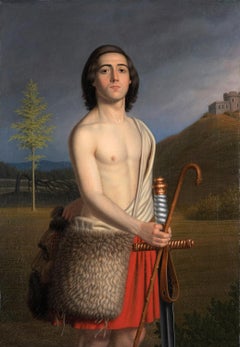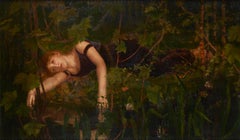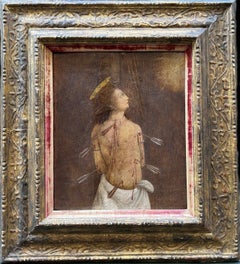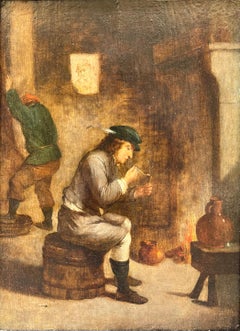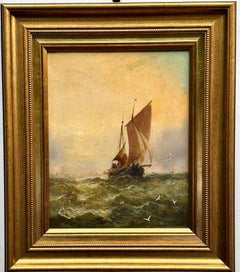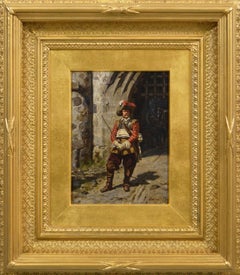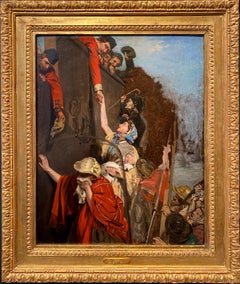
Study for Eastward Ho!, Oil on Panel 19th Century Painting
View Similar Items
Want more images or videos?
Request additional images or videos from the seller
1 of 7
Henry Nelson O'NeilStudy for Eastward Ho!, Oil on Panel 19th Century Painting
$28,856.46List Price
About the Item
- Creator:Henry Nelson O'Neil (1817 - 1880)
- Dimensions:Height: 20 in (50.8 cm)Width: 16 in (40.64 cm)
- More Editions & Sizes:1 of 1Price: $28,856
- Medium:
- Movement & Style:
- Period:
- Condition:
- Gallery Location:London, GB
- Reference Number:1stDibs: LU52412888882
About the Seller
5.0
Vetted Professional Seller
Every seller passes strict standards for authenticity and reliability
Established in 2007
1stDibs seller since 2014
82 sales on 1stDibs
Typical response time: 2 hours
Authenticity Guarantee
In the unlikely event there’s an issue with an item’s authenticity, contact us within 1 year for a full refund. DetailsMoney-Back Guarantee
If your item is not as described, is damaged in transit, or does not arrive, contact us within 7 days for a full refund. Details24-Hour Cancellation
You have a 24-hour grace period in which to reconsider your purchase, with no questions asked.Vetted Professional Sellers
Our world-class sellers must adhere to strict standards for service and quality, maintaining the integrity of our listings.Price-Match Guarantee
If you find that a seller listed the same item for a lower price elsewhere, we’ll match it.Trusted Global Delivery
Our best-in-class carrier network provides specialized shipping options worldwide, including custom delivery.More From This Seller
View AllDavid with the Head of Goliath, 19th Century Victorian Oil
By John Rogers Herbert
Located in London, GB
John Rogers Herbert RA
1810- 1890
Oil on canvas, dated '1850' lower right on sword strap
Image size: 33 ½ x 23 ½ inches
Gilt Watts frame
This striking painting, depicts David as a y...
Category
1850s Victorian Figurative Paintings
Materials
Oil
Ophelia, Victorian 19th Century Royal Academy Oil Painting
Located in London, GB
Oil on canvas, signed lower right
Image size: 33 1/2 x 56 1/2 inches (85 x 143 cm)
Original gilt frame
Provenance
With the artist's son, Millie Dow Stott Esq., until 1912.
Artist's Studio Sale, Christies, November 1913.
Private Collection
Exhibitions
London, Royal Academy, 1895, no. 679.
Paris, Societe de la Nationale des Beaux-Arts, 1896, no. 1179.
Berlin, VII Internationale Kunstausstellung 1897. no. 3533.
Manchester, City of Manchester Art Gallery, 1912, no. 339.
In the 1890s William Stott exhibited regularly at the Royal Academy, mainly highly decorative works with subjects derived from classical mythology and literature. This painting was Stott's 1895 entry to the Royal Academy and was subsequently exhibited at the Paris Salon of 1896 and then on to the Berlin, VII Internationale Kunstausstellung 1897. Shakespeare was a favourite source for Victorian painters, and the tragic romance of Ophelia, from Hamlet, was an especially popular subject, featuring regularly in the Royal Academy exhibitions.
The most popular and iconic image of Ophelia's death was, and is to this day, John Everett Millais's 1851 painting showing the confused and tragic Ophelia floating downstream on her back in a state of mad ecstasy, arms raised in a gesture of inevitable submission. However, although Stott chose not to pastiche this image, it seems highly likely that he was prompted to take up this subject, which had almost become a 'rite of passage' among Victorian painters, by the fact that in 1894 Millais's Ophelia was presented to the National Gallery of British Art by Sir Henry Tate.
It appears that Stott was much influenced by John William Waterhouse...
Category
Late 19th Century Victorian Figurative Paintings
Materials
Canvas, Oil
Saint Sebastian, 15th Century Religious Oil Painting on Panel
Located in London, GB
Oil on panel
Image size: 16 x 13 1/4 inches (41 x 34 cm)
Early gilt frame
Saint Sebastian was a Roman centurion who converted to Christianity and, in punishment, the Roman Emperor D...
Category
15th Century and Earlier Italian School Figurative Paintings
Materials
Oil, Panel
Man Smoking on a Barrel
By David Teniers the Younger
Located in London, GB
Man Smoking on a Barrel
Circle of David Teniers the Younger
1610-1690
Oil on oak panel
Image size: 9 1/2 x12 1/2 inches (23.5 x 32 cm)
Handmade contemporary frame
Here in this tave...
Category
17th Century Flemish School Figurative Paintings
Materials
Oil, Panel
A decorative oval relief with Venus and Cupid, 18th Century Rococo Oil
By Jacob De Wit
Located in London, GB
Follower of Jacob de Wit
1695-1754
Venus and Cupid
Oil on panel
Image size: 7 ¾ inches x 11 ¾ inches
Gilt frame
A charming example of trompe-l'œil,...
Category
18th Century Rococo Figurative Paintings
Materials
Oil, Panel
The Palace Guard, Oil on Panel Signed Painting
Located in London, GB
Oil on panel, signed bottom left
Image size: 6 x 11 inches (15.25 x 28 cm)
This painting depicts a 16th century palace guard standing outside of an open door, wearing a set of armou...
Category
19th Century Figurative Paintings
Materials
Oil, Panel
You May Also Like
19th century English Fishing boat at sea with Sun rise or Sunset
By Adolphus Knell
Located in Woodbury, CT
Adolphus Knell
19th-century English fishing boast at Sea.
Owning in a 19th-century English fishing boat captured at sea circa 1880 by Adolphus Knell, with the sun rising or setting...
Category
1880s Victorian Landscape Paintings
Materials
Oil, Panel
19th Century historical military oil painting of a roundhead soldier
By Ernest Crofts
Located in Nr Broadway, Worcestershire
Ernest Crofts
British, (1847-1911)
On Guard
Oil on panel, signed & dated (18)79
Image size: 9.25 inches x 6.75 inches
Size including frame: 19.5 inches x 17 inches
A wonderful historical painting of a roundhead soldier standing outside a fortress by Ernest Crofts. The soldier is depicted wearing a back and breast plate over a red and yellow sleeved jacket tied with a sash around his waist. On his head, he wears a felt hat with red and white feathers and holds a sword in his hand. He is shown standing at the moated entrance of a fortified stone building with a portcullis. Beyond the raised portcullis, a group of soldiers can be seen in the shadows. The soldier’s uniform is typical of Cromwell’s famous ‘Ironside’ cavalry and indicates he is an officer, who, in Cromwell’s time would have earned his place based on merit rather than social status. The English Civil...
Category
19th Century Victorian Figurative Paintings
Materials
Panel, Oil
Day Dreams by British Artist Richard Willes Maddox
Located in Stockholm, SE
Description:
"Day Dreams" is a captivating painting by the English artist Richard Willes Maddox. The artwork depicts a young woman seated thoughtfully on a blue wooden bench, set aga...
Category
19th Century Victorian Figurative Paintings
Materials
Oil, Wood Panel
$9,200 Sale Price
20% Off
Free Shipping
Pair of 19th Century genre oil paintings of children
Located in Nr Broadway, Worcestershire
**PLEASE NOTE: EACH PAINTING INCLUDING THE FRAME MEASURES 20 INCHES X 18 INCHES**
Jean Pierre Haag
French, (1842-1921)
Daily Chores & Little Drummer Boy
Oil on panel, pair, both sig...
Category
19th Century Victorian Figurative Paintings
Materials
Oil, Panel
Historical genre oil painting of two gentlemen playing a game of cards
By Marcel Brunery
Located in Nr Broadway, Worcestershire
Marcel Brunery
French, (1893-1982)
A Good Hand
Oil on panel, signed
Image size: 18.75 inches x 23.5 inches
Size including frame: 26.75 inches x 31.5 inches
Provenance: Frost & Reed
...
Category
Early 20th Century Victorian Figurative Paintings
Materials
Oil, Panel
19th Century genre oil painting of man preparing fishing tackle
By John Arthur Lomax
Located in Nr Broadway, Worcestershire
John Arthur Lomax
British, (1857-1923)
Preparing his Tackle
Oil on panel, signed
Image size: 11.75 inches x 9.75 inches
Size including frame: 21 inches x 19 inches
A fabulous genr...
Category
19th Century Victorian Paintings
Materials
Oil, Panel
Recently Viewed
View AllMore Ways To Browse
19th Century Oil Painting England
19th Century Ship Paintings
Antique Oil Paintings People
Oil Painting 1840
Victorian Wood Panel
Antique Indian Paintings
Victorian Woman Painting
19th Century Oil Painting Of Women
19th Century Painting India
India Wood Panel
19th Century Indian Painting
16x20 Picture Frame
Antique Nelson
Pre Raphaelite Oil Paintings
Antique Picture Viewer
16x20 Gilt Frame
Old Antique Wood Picture Frames
Antique Handkerchiefs
